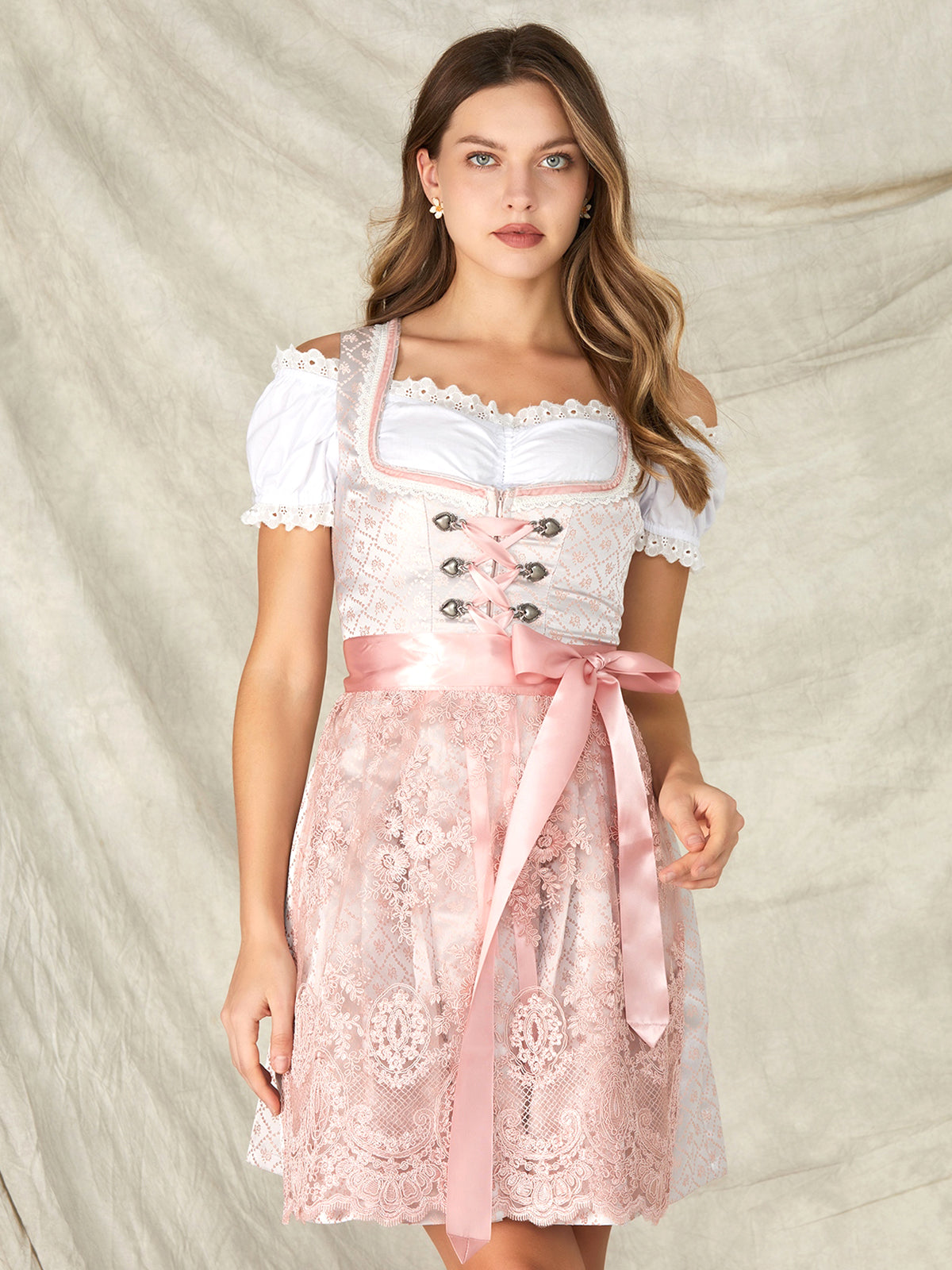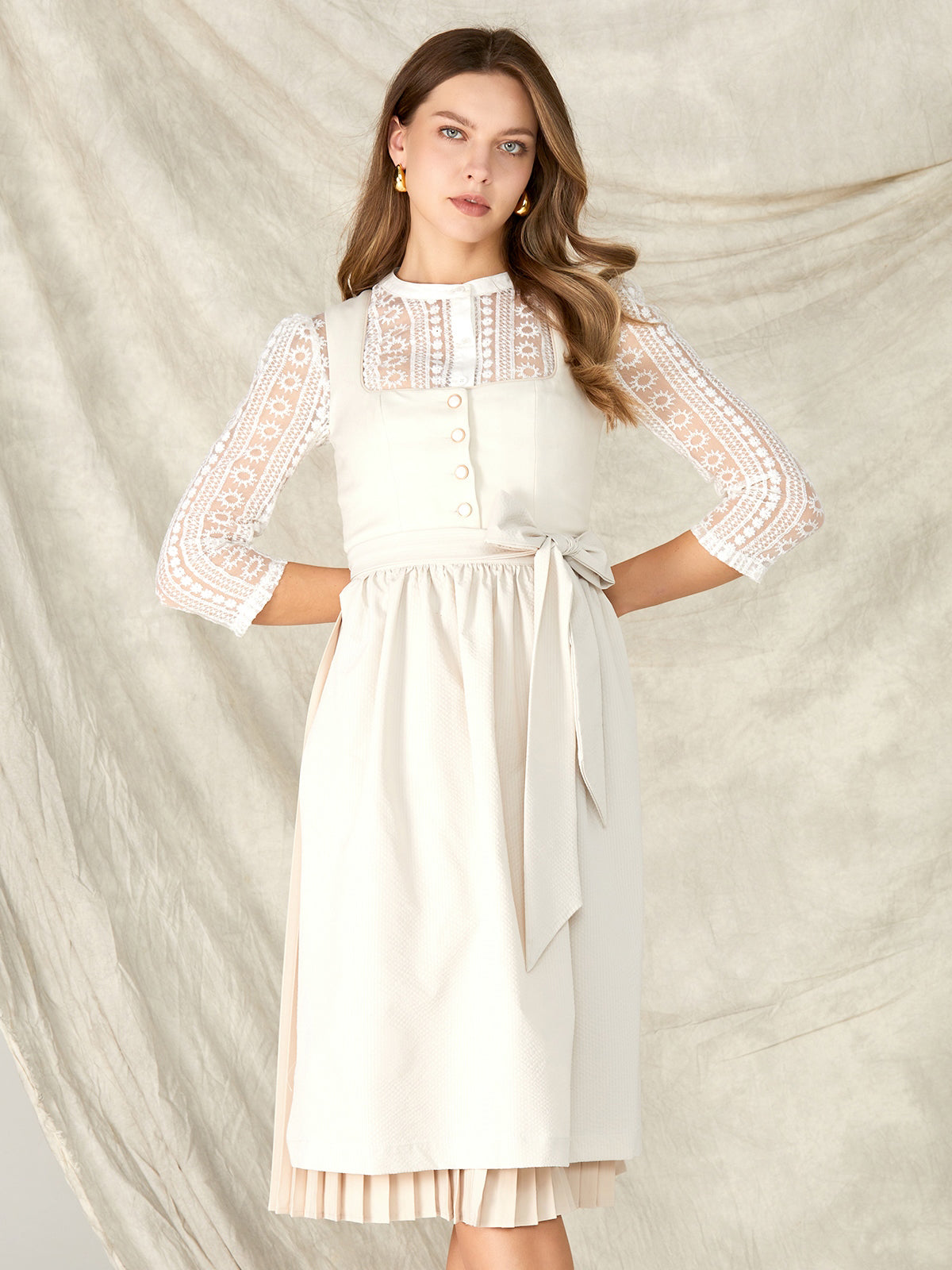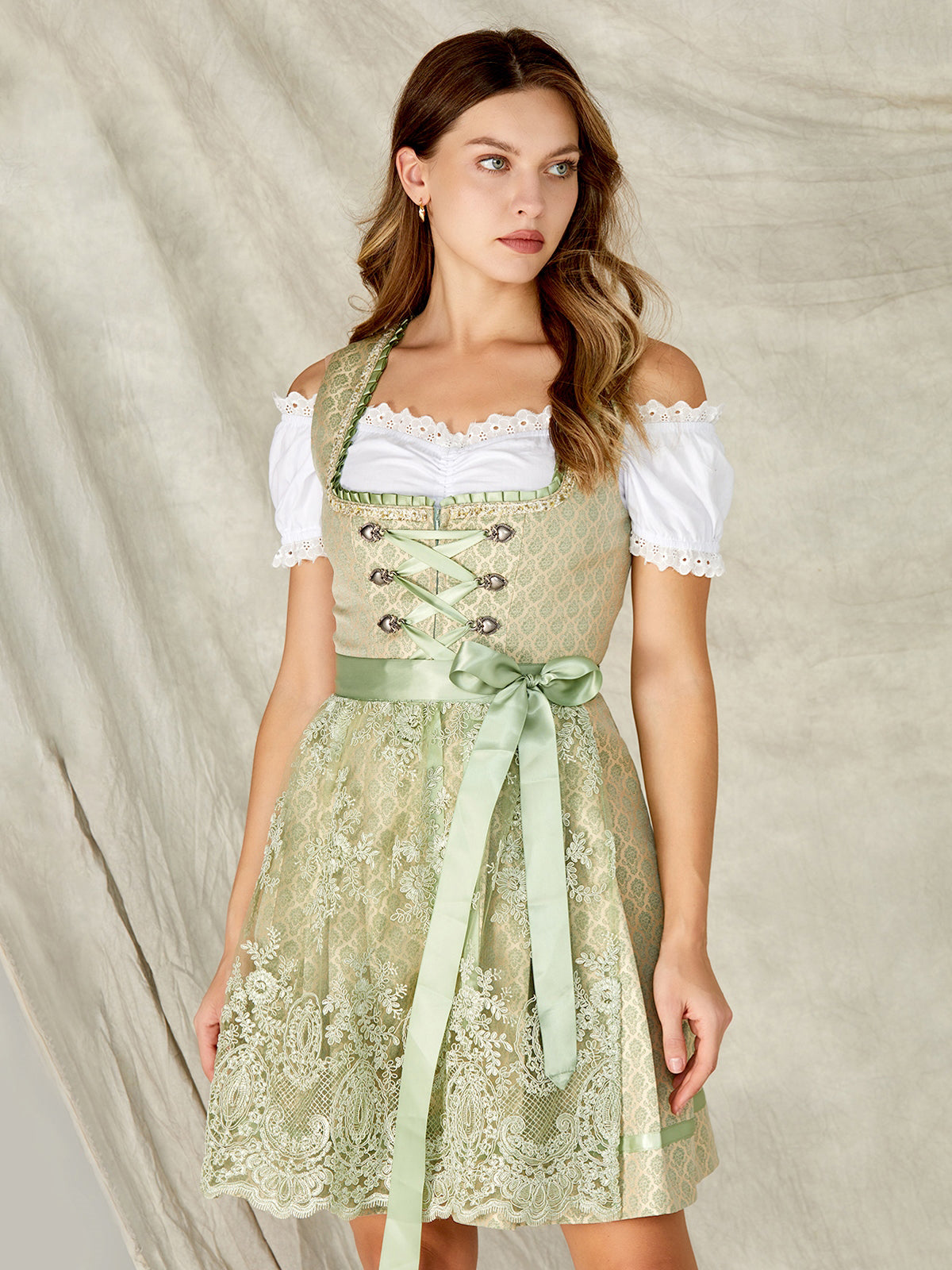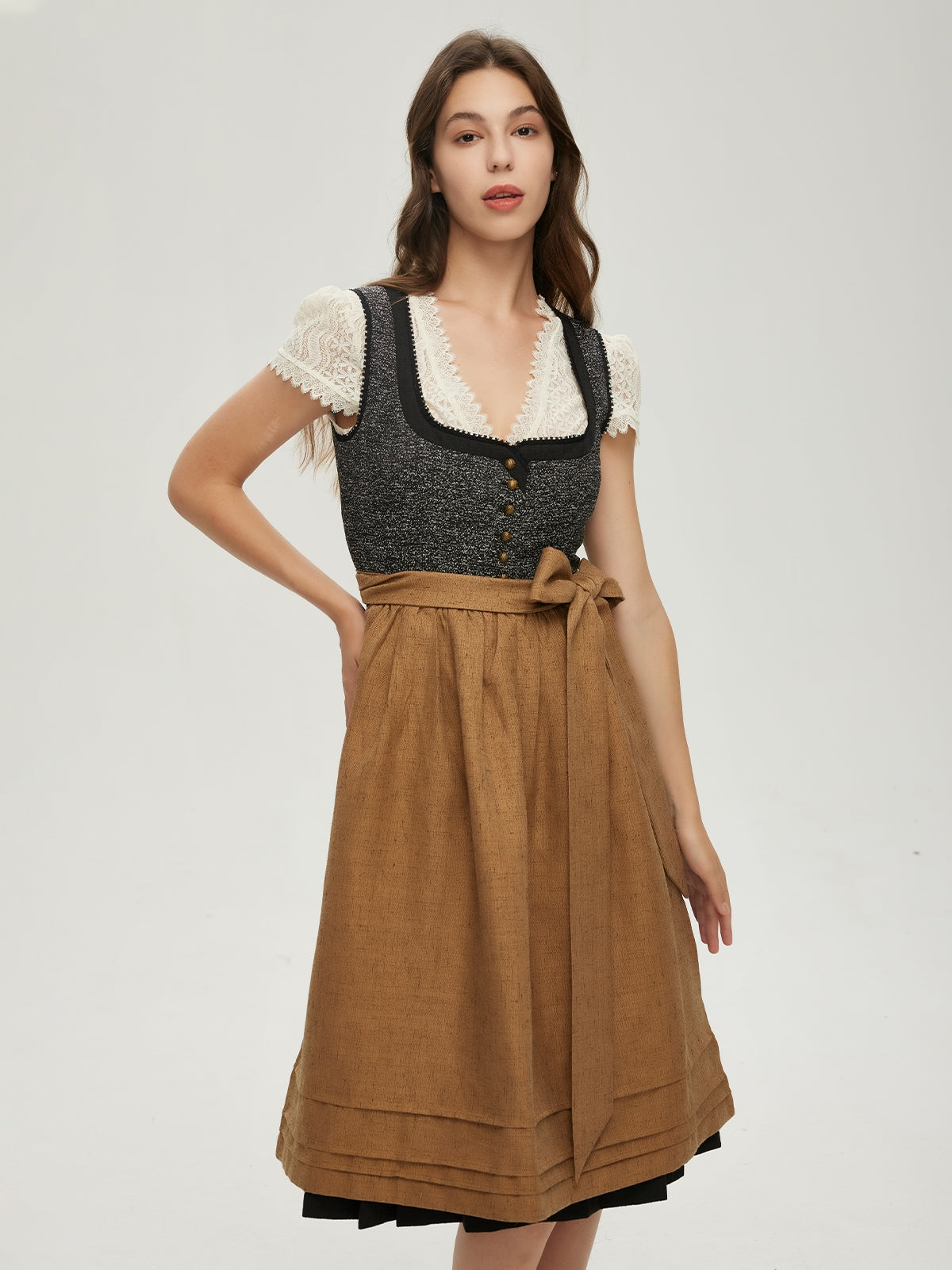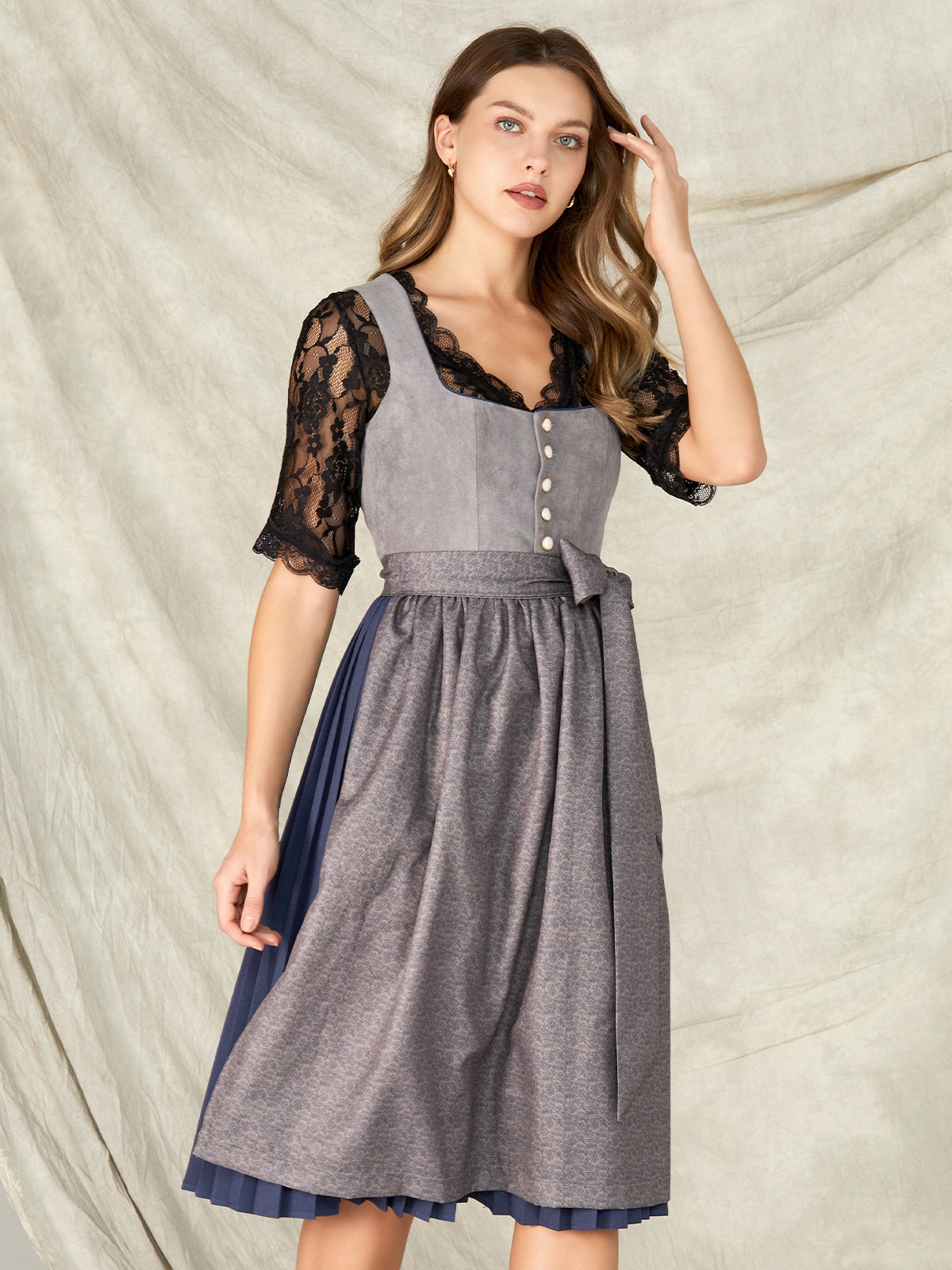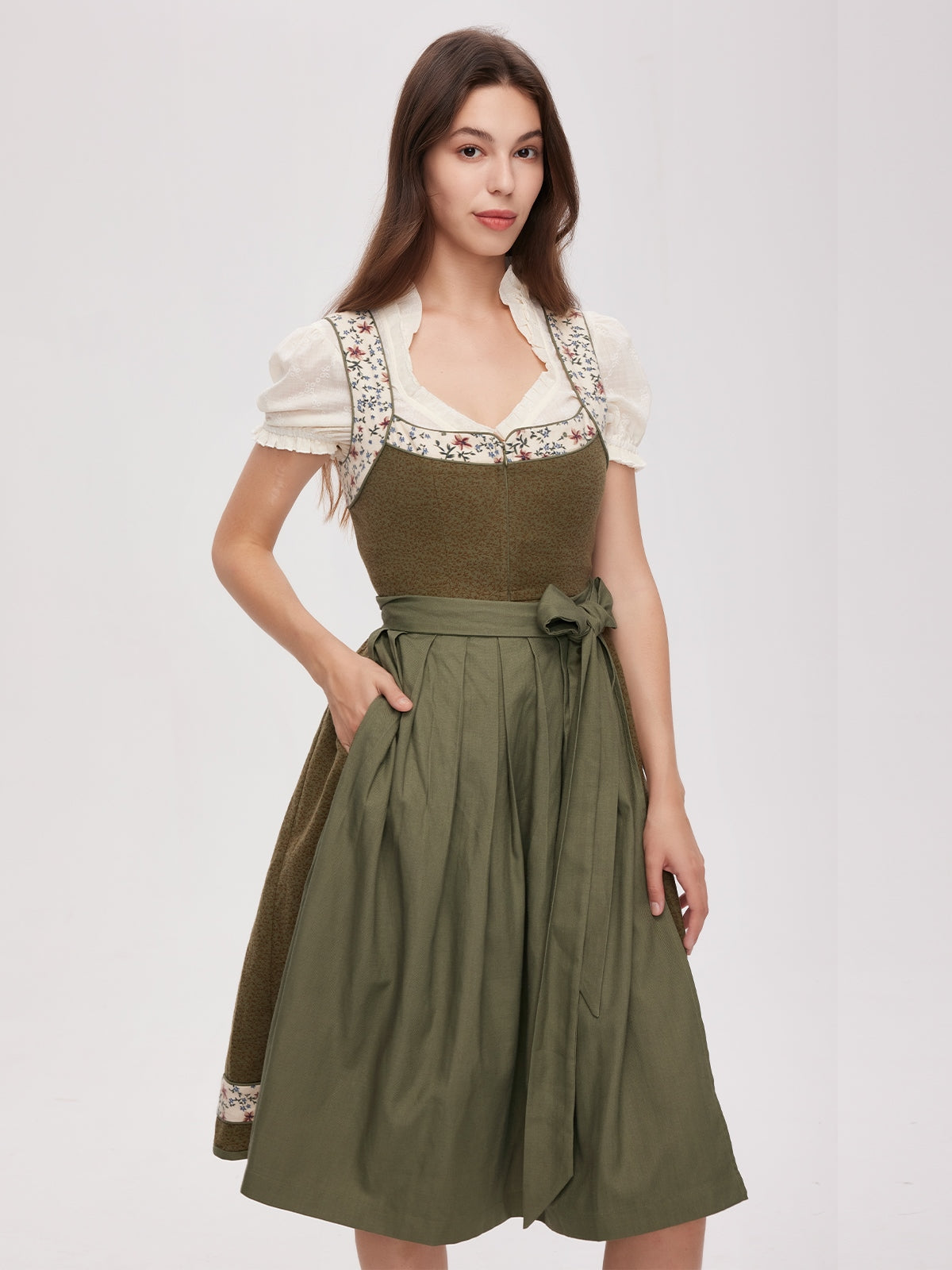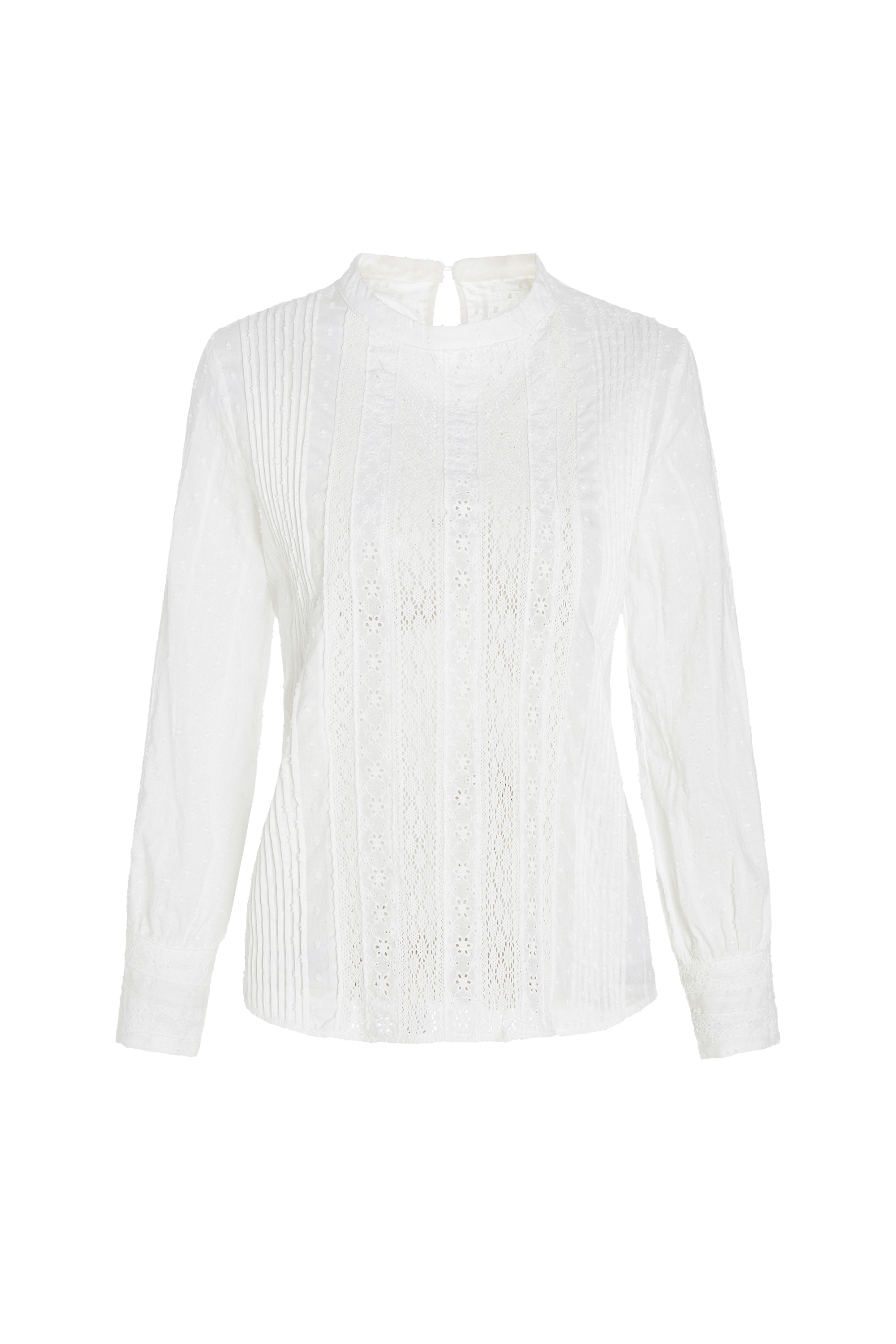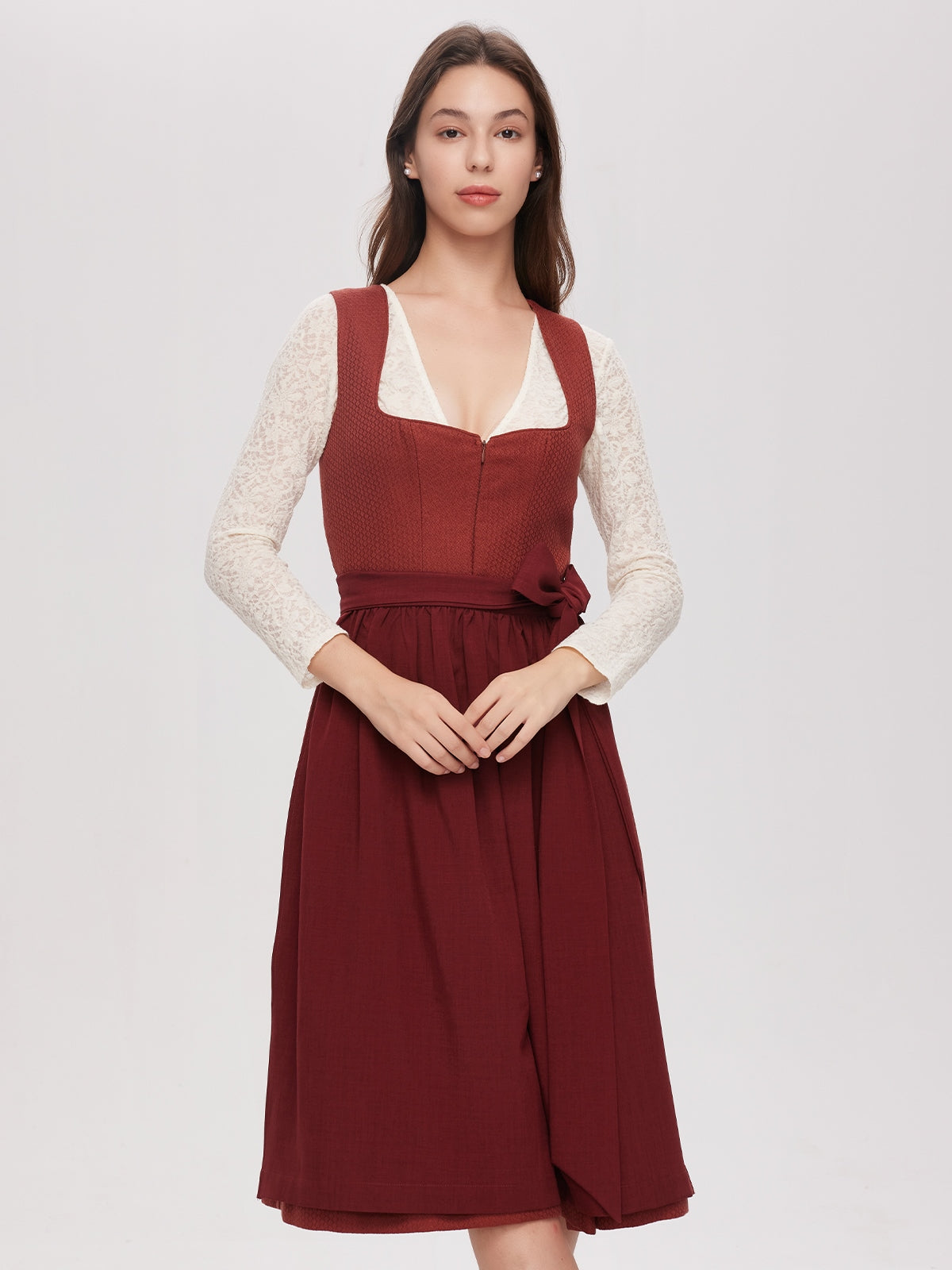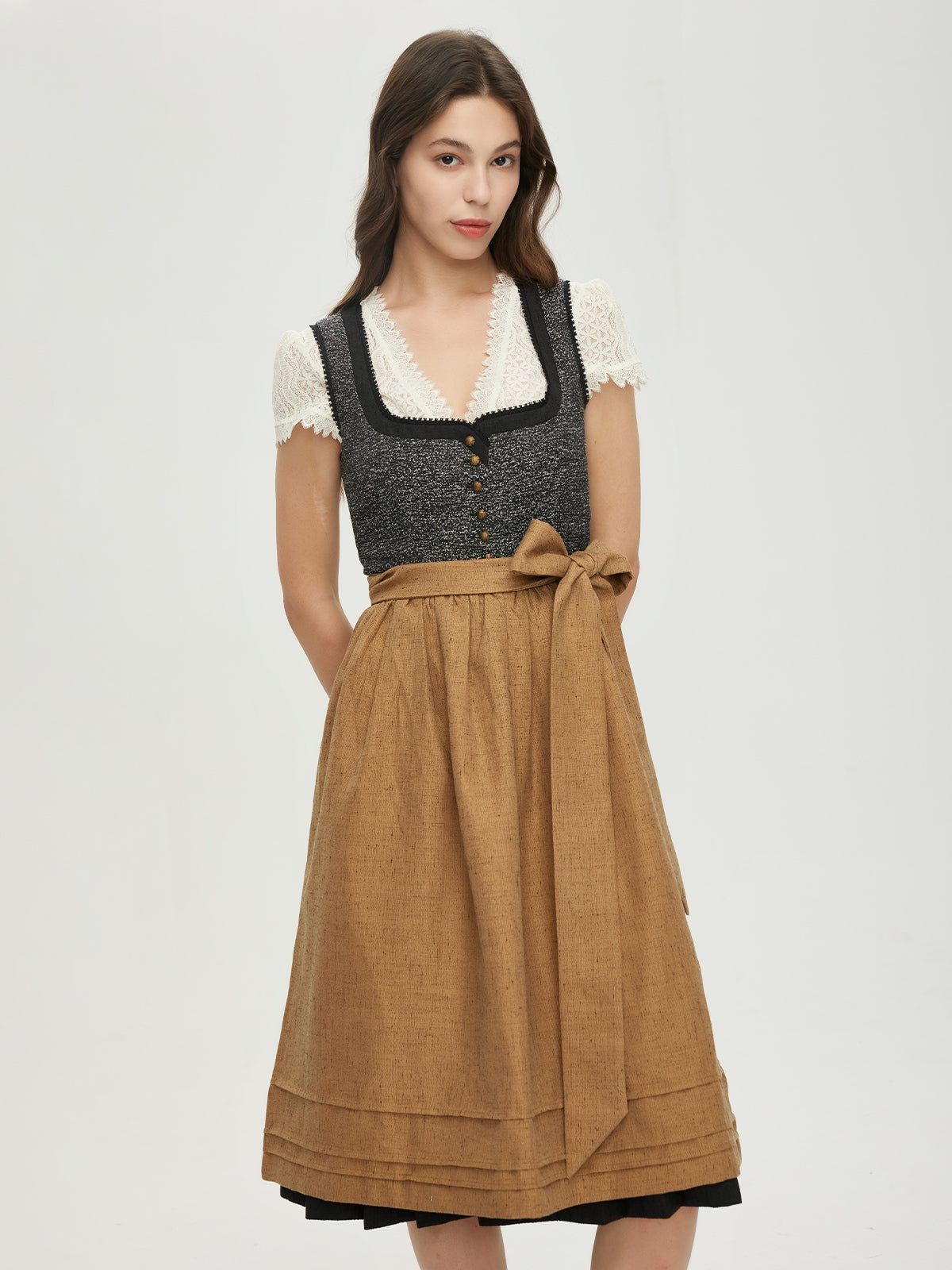Cart
0
In the world of fashion, few garments are as closely linked to tradition as the dirndl. This charming dress has its roots in the Bavarian capital of Munich and is now a globally recognized symbol of Bavarian culture and lifestyle. A special focus is on the orange dirndl, which exudes a special appeal with its vibrant color. In this article, we will explore the fascinating world of the orange dirndl and learn how it both preserves tradition and reflects modern style trends.
The symbolism of the orange color
The color orange has a variety of meanings throughout history and across cultures. In relation to the dirndl, the orange color symbolizes freshness, energy, and joie de vivre. It evokes warm summer days, orange sunsets over the countryside, and the bountiful harvests. The color is also often associated with creativity and self-confidence. An orange dirndl therefore not only carries a vibrant color but also a positive aura that immediately brightens up the wearer.
The right occasions for an orange dirndl
The orange dirndl is suitable for a variety of occasions. It's a classic at Bavarian folk festivals like the Oktoberfest in Munich. Here, it's customary to dress up in colorful dirndls and enjoy the festive atmosphere. But you can also see many young women wearing orange dirndls at other summer festivals, such as the church fairs in many Bavarian towns.
In addition to traditional festivals, the orange dirndl is also suitable for outdoor events such as picnics in the park, summer concerts, or hikes. Its light color perfectly matches the free and relaxed atmosphere of these occasions and adds a fresh touch to any outfit. An orange dirndl also makes a wonderful impression at private celebrations such as birthdays or barbecues.
Styling tips for an orange dirndl
There are a few tricks to make the orange dirndl even more individual and dynamic. A simple yet effective tip is to choose the right accessories. A wide, leather belt in brown or black-brown gives the dirndl an authentic touch and accentuates the waist. Some people also add pretty, handmade buckles or pendants to the belt for a personal touch.
As for shoes, a pair of leather sandals or ankle boots is a good choice. Brown or brown-orange shoes best match the color of the dirndl and contribute to the authentic look. On colder days, you can also wear a jacket or cardigan in a matching color. A beige or light brown cardigan looks elegant and harmonious with the orange dirndl.
The right jewelry is also important. A pair of simple gold earrings or a thin necklace can spice up the outfit. However, be careful not to go too over the top with jewelry, so that the dirndl itself remains the center of attention.
The everyday charm of the orange dirndl
Many young women and fashion enthusiasts fear that dirndls are only suitable for special occasions. But that's far from the truth. An orange dirndl can also be worn everyday if styled correctly. For example, you can combine it with a denim jacket for a blend of tradition and modern street style.
You can also wear an orange dirndl as workwear if your workplace has a relaxed dress code. A simple, elegant orange dirndl can look very professional when paired with matching shoes and accessories.
The shift from tradition to modern design
So far, we've mainly focused on the traditional side of the orange dirndl. But recently, the fashion industry has also begun to steer the dirndl in new directions. Fashion designers have discovered that the dirndl holds incredible potential for modern and innovative designs.
Suddenly, orange dirndls appeared on catwalks in Paris, London , and New York. Designers like Karl Lagerfeld and Vivienne Westwood incorporated the dirndl into their collections, giving it their own modern twist. Orange dirndls were combined with exotic patterns, metallic accents, and unusual cuts.
This shift from tradition to modern design has also made the dirndl attractive to a younger demographic. Young women and fashion enthusiasts now see the orange dirndl as a way to express themselves individually while maintaining a connection to tradition.
The sensory perception of the orange dirndl
When wearing an orange dirndl, it's not just the color that stands out. The feel of the fabric against the skin is also an important aspect. Most dirndls are made from high-quality fabrics such as linen, cotton, or wool. This guarantees not only comfort but also long-lasting durability.
The linen fabric, for example, feels pleasantly cool against the skin and is ideal for warm summer days. Cotton, on the other hand, is soft and breathable, making it comfortable to wear. When you walk through the streets of a Bavarian town in an orange dirndl, you can feel the sun on your skin and smell the fresh air.
Wearing an orange dirndl makes you feel like a part of the vibrant culture and tradition. You can imagine yourself in the setting of a summer festival, with music, good food, and friendly people around you. The atmosphere is filled with joy and joie de vivre, and the dirndl helps you feel this positive energy.
Questions for the readers
We've learned a lot about the orange dirndl, but I'd like to hear your opinion. What do you think are the best occasions for an orange dirndl to show off its beauty and appeal? Are there any special accessories or styling tricks you'd like to share? Share your experiences and ideas in the comments!
Summary
The orange dirndl is a wonderful example of the marriage of tradition and modern style. Its vibrant color, unique symbolism , and adaptability make it a popular garment for young women and fashion enthusiasts. Whether at traditional festivals, in everyday life, or on the international stage, the orange dirndl exudes a special energy and allows us to express ourselves individually while maintaining a connection to culture and tradition.

